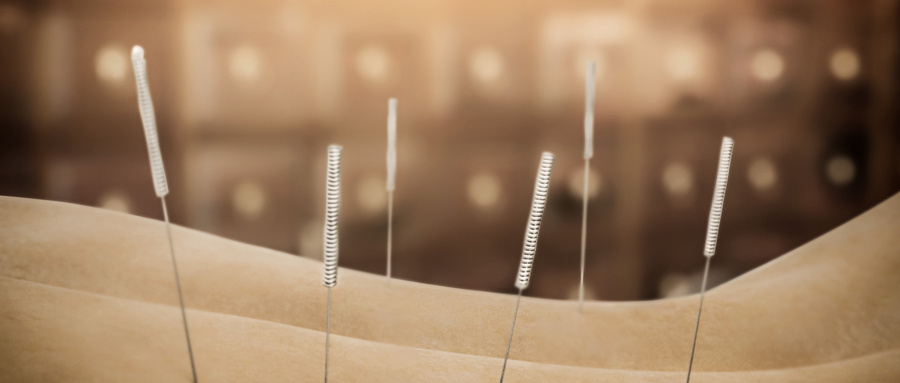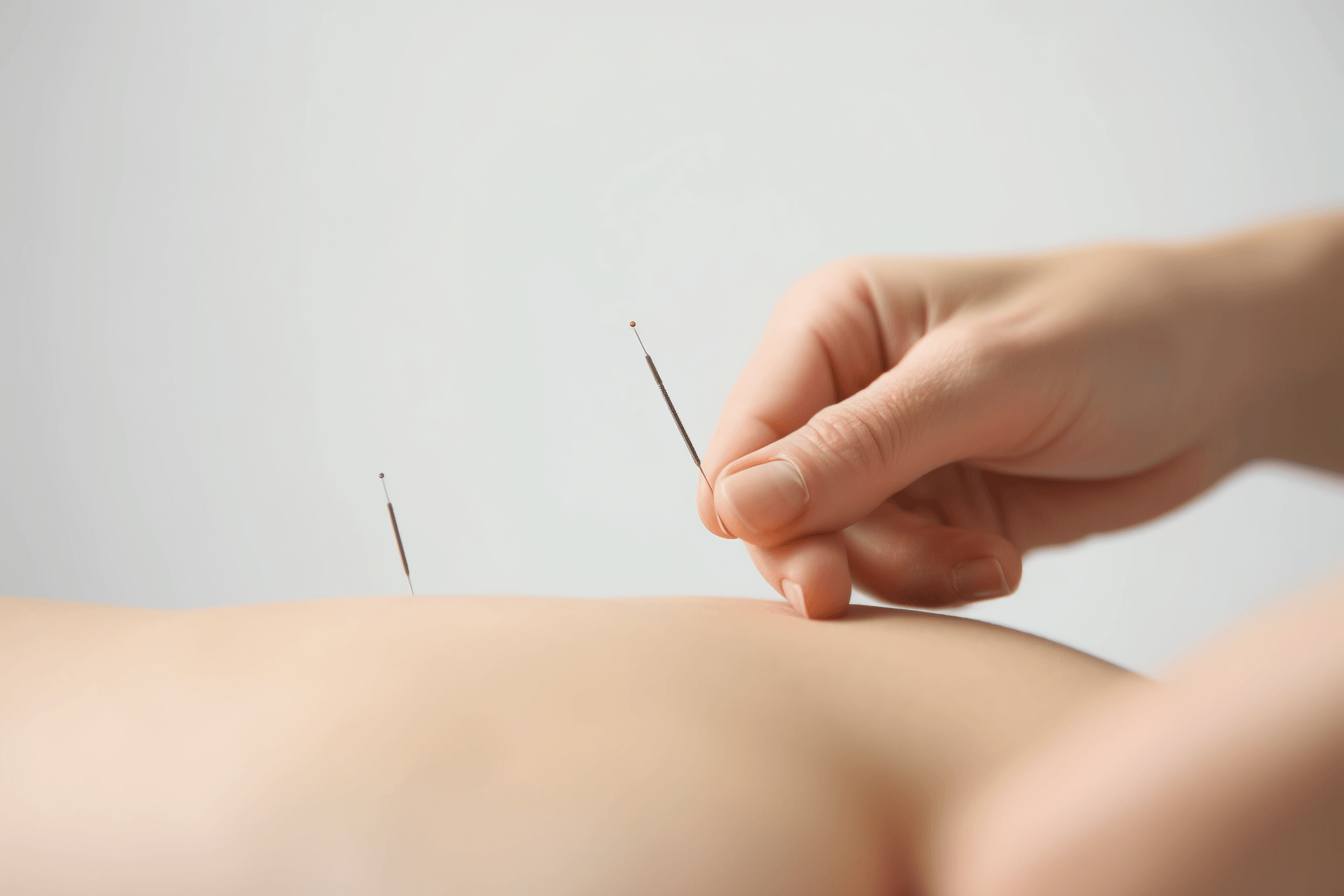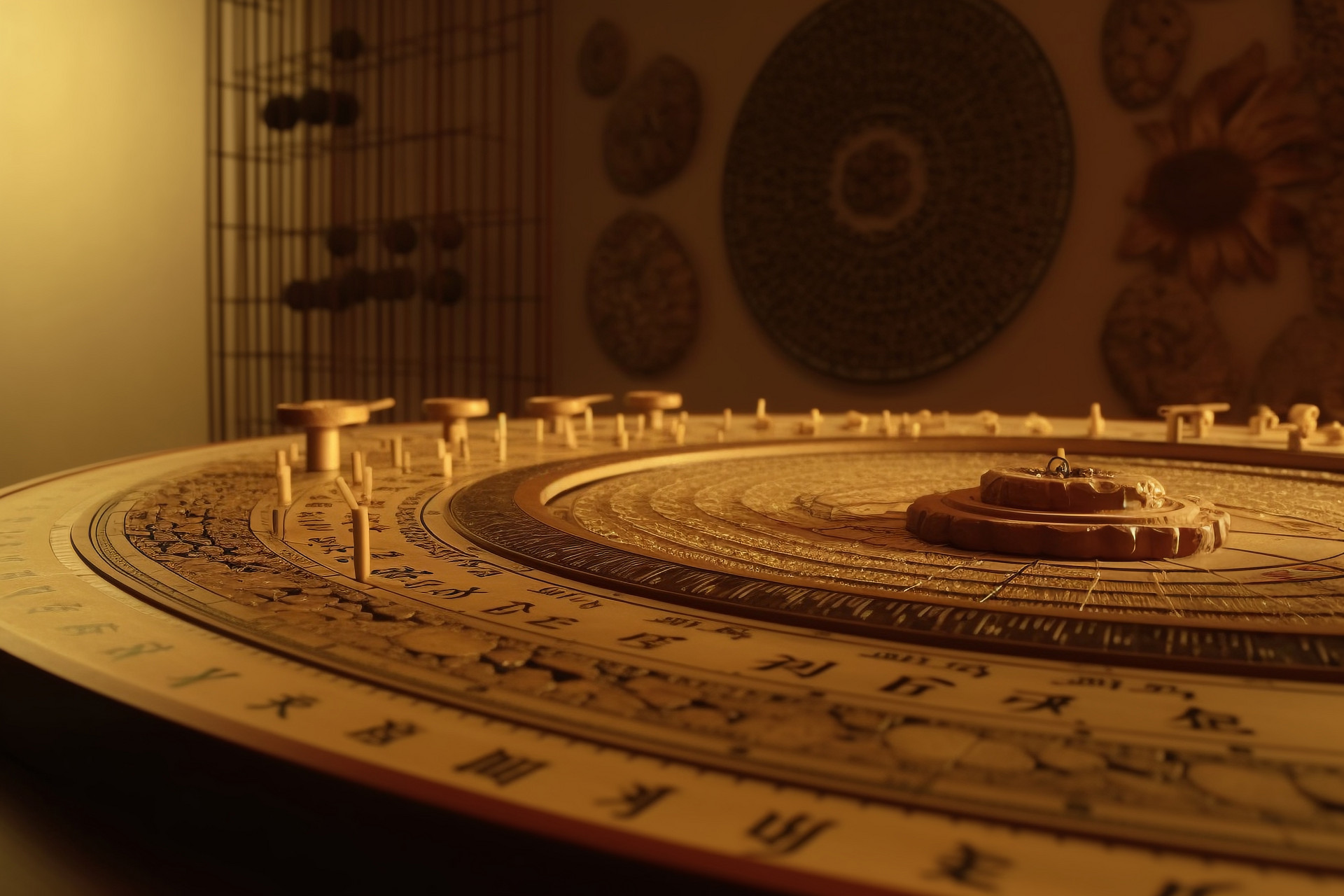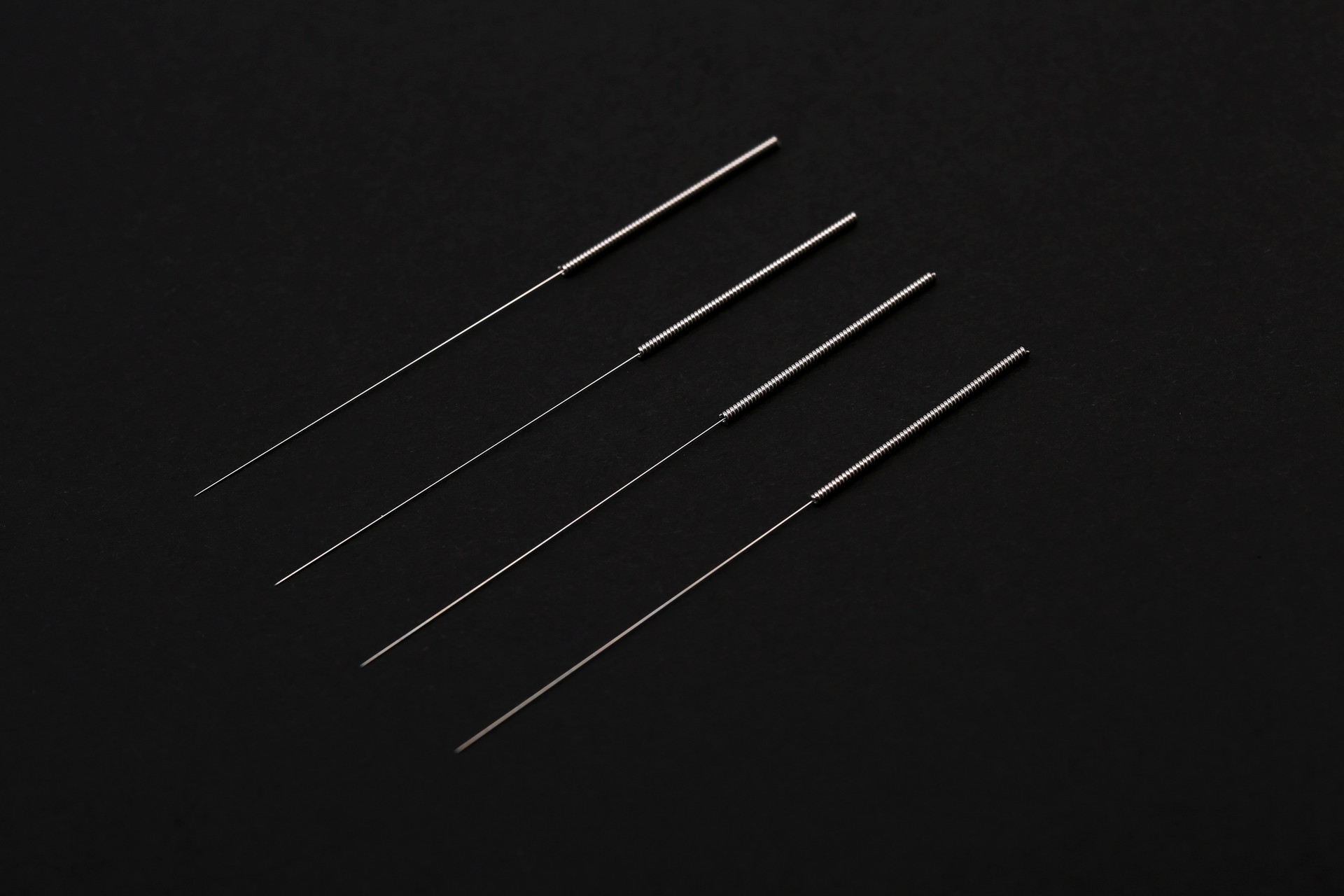1. Contraindications for Bloodletting
Bloodletting therapy is a damaging method of stimulating acupoints, mainly using three-edged needles and skin puncture for bleeding. In clinical practice, small eyebrow knives or surgical knives can also be used for bloodletting. In order to avoid accidents, the following points should be strictly observed.
(1) Familiarize yourself with the contraindications for bloodletting
The contraindications for bloodletting have been preliminarily mentioned in the "Neijing". For example, in the "Ling Shu - Blood Vessels Theory", it is stated: "If the pulse is strong and the blood is weak, bleeding will cause loss of qi, and loss of qi will cause collapse." Another example is "those who have weak qi due to small and short vessels will have less qi, and severe cases will cause suffocation, and severe suffocation will lead to collapse and loss of speech" (Ling Shu - Meridians). This indicates that those with weak constitution and deficiency in qi and blood should not undergo bloodletting, as it can easily cause collapse.
Currently, it is generally believed that the following conditions are not suitable for bloodletting therapy using three-edged needles, small eyebrow knives, or surgical knives:
1. Anemia, hypoglycemia, blood disorders, or bleeding tendencies.
2. Severe liver, kidney, or heart diseases, or bleeding disorders should not use this method; pregnant women and elderly people with weak constitution should use it cautiously.
(2) The needles and bloodletting sites must be strictly disinfected to prevent infection. Three-edged needles should be placed in a high-pressure steam pot at 15 pounds of steam pressure and 120°C for at least 15 minutes. Each disinfected needle should be re-disinfected after one use. Skin puncture needles, surgical knives, and other instruments that cannot be sterilized with high pressure or boiling can be soaked in 75% alcohol for 20-30 minutes. Currently, disposable sterile three-edged needles and skin puncture needles are gradually being promoted in clinical practice and should be the direction of development. The acupoints for bloodletting should be thoroughly disinfected. The local skin of the acupoint area can be first wiped with 2% iodine, and then deiodized with 75% alcohol by using an alcohol cotton ball to wipe off the iodine.
(3) Before bloodletting, explain the procedure to the patient and alleviate their concerns about bleeding, so as to avoid causing tension and accidents such as fainting. Fainting caused by bloodletting is similar to that caused by general acupuncture needles: in mild cases, there may be dizziness, blurred vision, nausea, and dizziness; in severe cases, there may be pale complexion, weak pulse, cold limbs, and low blood pressure, and in extreme cases, loss of consciousness. The treatment methods are the same: immediately stop the treatment. For mild cases, let the patient lie down, elevate their legs, and give them warm water to drink; for severe cases, moxibustion on the Baihui acupoint with moxa sticks or acupuncture on the Renzhong and Yongquan points can be used.
(4) During bloodletting, attention must be paid to the operating method. When puncturing the vessels, the force should not be too strong, and the bleeding volume should be appropriately controlled to prevent damage to other tissues. Regarding the issue of how much blood should be let out, ancient books have different records, some advocating less bloodletting, such as the "Su Wen - Jade Tablet Essentials" stating: "In summer, when bleeding from the collaterals and Yu points is seen, it should be stopped". This seems to indicate a minimal amount of bleeding. Later medical books mention the saying "bleeding like beans", indicating that the amount is not large. However, the "Neijing" often mentions "the blood changes and stops", indicating that the color of the blood changes from purple to red, indicating a relatively large amount of blood. During the Song Dynasty, Lou Quanshan treated bleeding from throat paralysis with a bloodletting volume of half a small bowl, and Zhang Zihe from the Jin and Yuan dynasties described bloodletting using the measurements of sheng, dou, cup, and small bowl in "Confucianism and Filial Piety". Although the measurements differ between ancient and modern times, they are still relatively large. So, what is the appropriate amount? We believe it should vary depending on the disease, the individual, and the instruments used.
(5) Bloodletting generally refers to puncturing the veins to cause bleeding. It is important to avoid puncturing arteries, especially when puncturing collaterals in areas where arteries are distributed. In clinical practice, there have been cases where improper bloodletting with three-edged needles caused continuous bleeding by puncturing larger blood vessels.
2. Fire Needle Therapy, Ancient Name










